Today, I’m sharing gardening tips on using homemade fertilizer for tomatoes. Using these household items will help you grow bigger, juicy, disease free tomatoes this season. First, I’ve been using these household items in my backyard vegetable garden for years. I’ve had success with all of them. So, I’m thrilled to be sharing these gardening tips with you.
Homemade fertilizers will give your plants the boost they need to grow and produce delicious fruit. Most importantly, homemade fertilizers can be made organically. You can add in products that will boost calcium, iron, potassium, sulfur, magnesium etc.
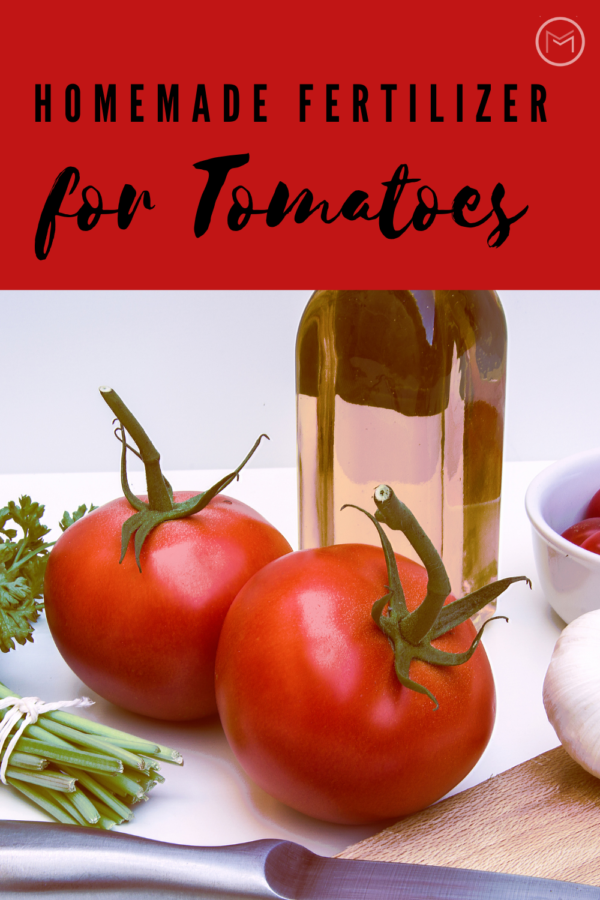
Homemade Fertilizer for Tomatoes:
Eggshells – I save eggshells throughout the year so I can use in my garden. I wash them, dry them thoroughly and crush them to plant with my tomatoes. Check out my post Using Eggshells in the Garden. Eggshells provide calcium for tomato plants. Tomato plants need calcium need to produce large fruit.
Aspirin – Furthermore, you can use expired aspirins if you have them or purchase a cheap bottles from your local pharmacy to make a spray for your plants. One bottle can go a long way. Add 1 – 2 aspirins to a gallon of water. Spray on your tomato plant throughout the growing season.
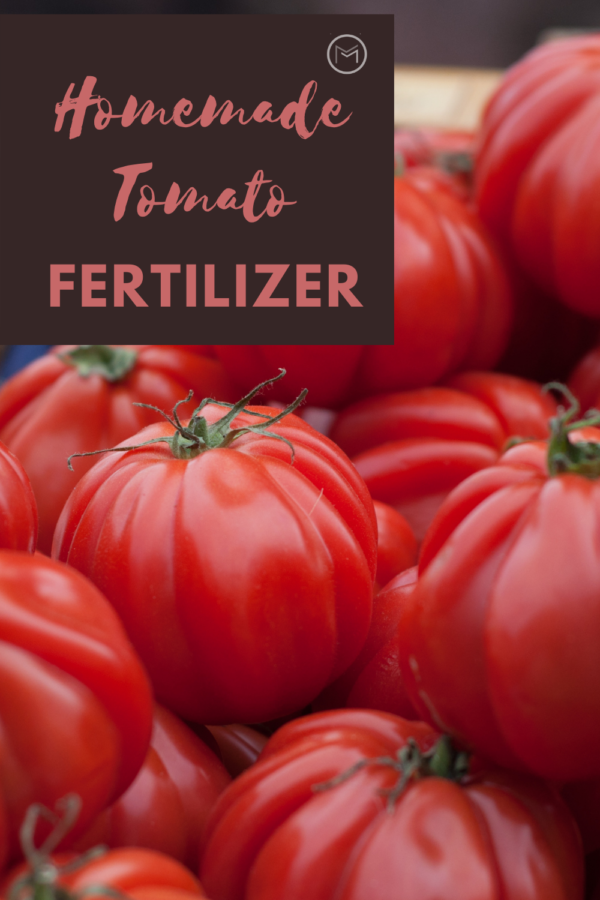
Coffee – Next, I brew coffee every morning, so I have plenty of coffee grounds to use in my garden. I simply put a scoop of coffee grounds in the hole with your plant and sprinkle a scoop of coffee grounds around each of your tomato plants. Coffee grounds provide nitrogen to plants.
Epsom Salt – You can also add 2 tablespoons of Epsom Salt to a gallon of water. Spray your tomatoes plants with the Epsom Salt mixture once a month. Epsom Salt has Magnesium, which helps plants to absorb nitrogen and phosphorus.
Banana Peels – So, there’s lots of bananas in my kitchen. I love them in my smoothies, and they’re great to take on the go. So, rather than throw the peels in the trash, I recycle them. I dry banana peels to use in the garden, a banana peel tea or use the peels directly in the planting hole. Banana peels provide minerals to plants.
Freeze Banana Peels
- Begin my cutting your peels into strips.
- Place them in a freezer bag and than freeze them. Once you have 15 – 20 peels, it is time to dry them.
Dry Your Banana Peels
- Turn your oven on the lowest setting
- Place your banana peels on a cookie sheet. Be sure they are not touching. You need the air to circulate.
- Leave your oven door ajar.
- Allow the peels to dry. They are ready when they become brittle.
- Use your chopper to cut up the peels.
- Place them in an airtight container until they are ready to be used.
Finally, if growing bigger and healthier tomatoes is your goal; I hope you will make a mixture of homemade fertilizer for tomatoes. Your tomatoes will love you for the added boost. And, you will love your big, juicy, delicious tomatoes all summer. Also, providing one of these fertilizers will help with preventing blossom end rot.
You can also use the fertilizers:
- Peppers
- Carrots
- Broccoli
- Lettuce
- Spinach
- Celery
- Asparagus
You may also like homemade garden fertilizers.
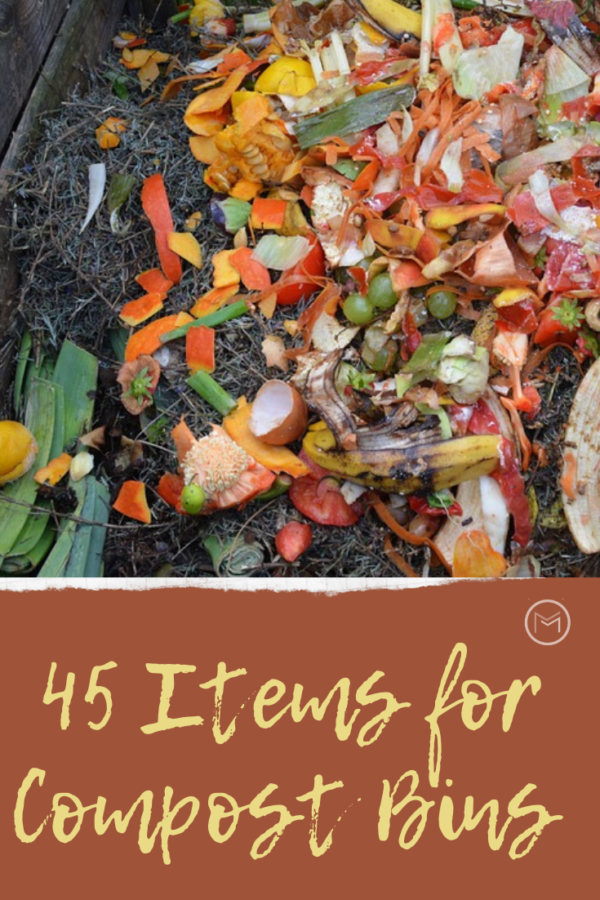
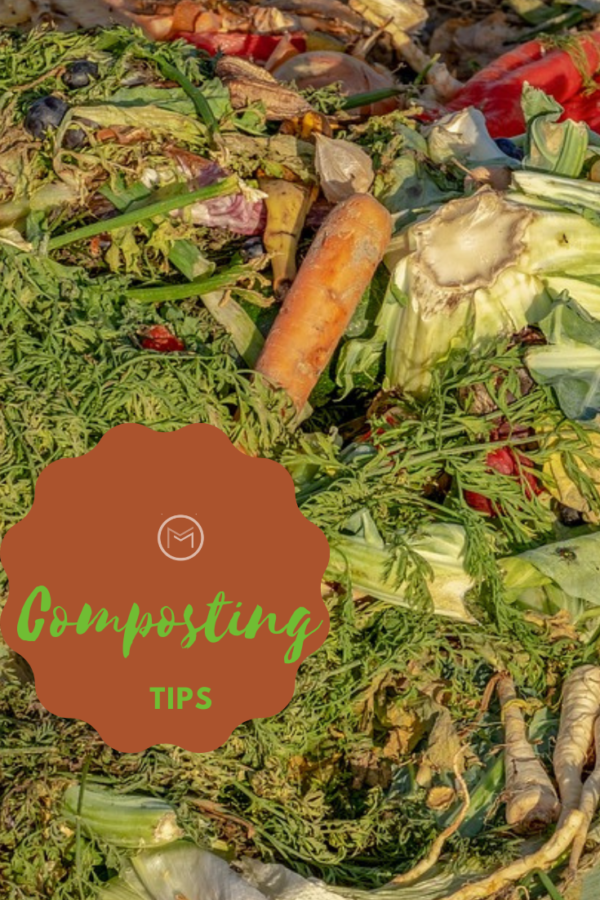
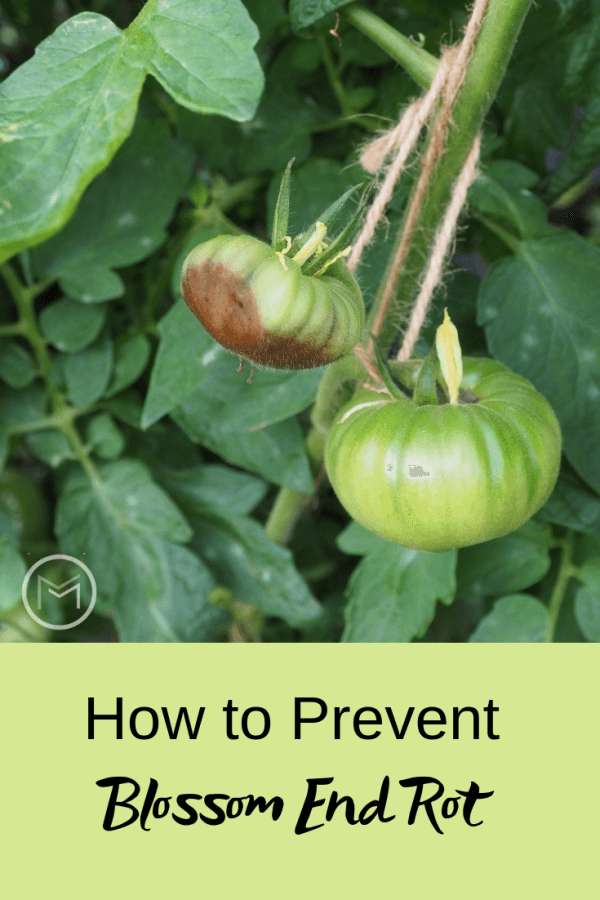
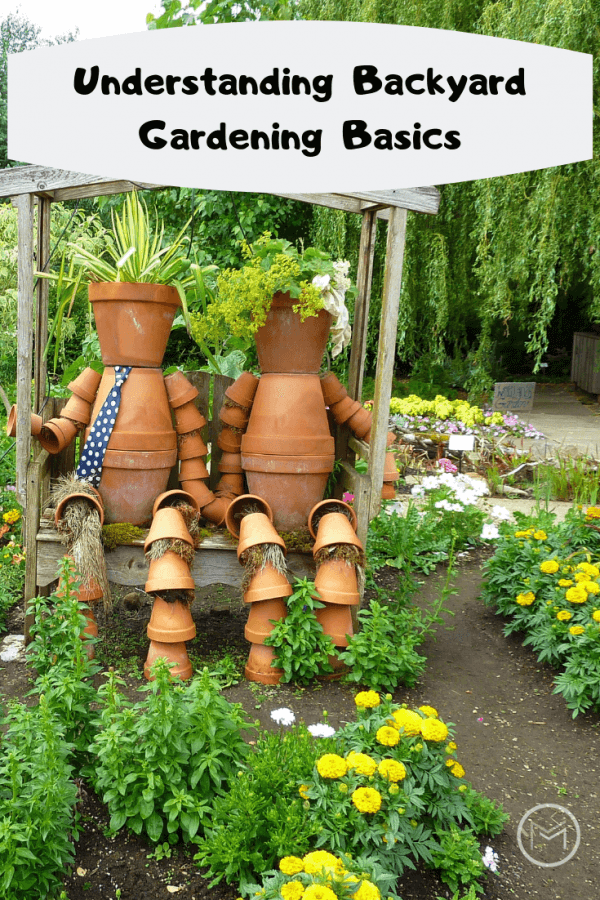

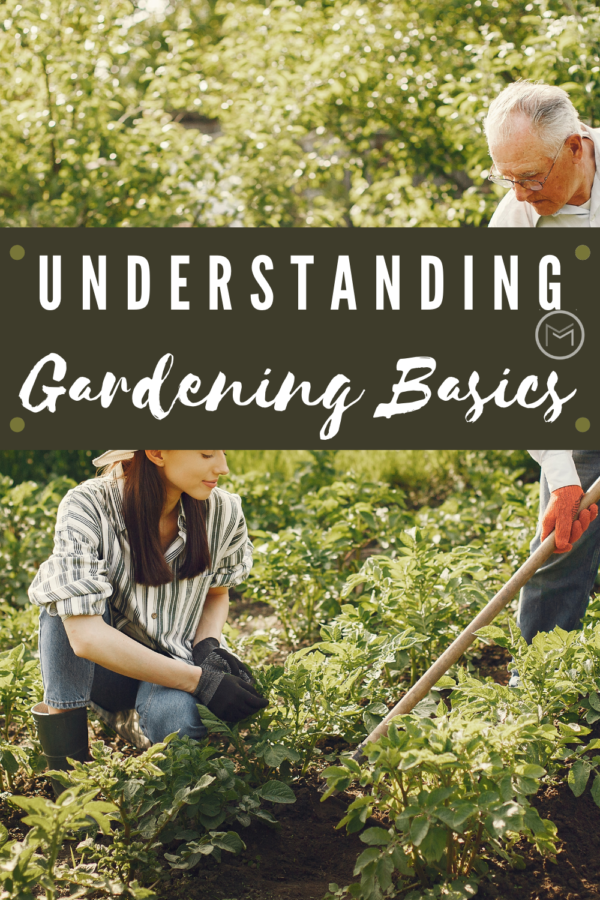
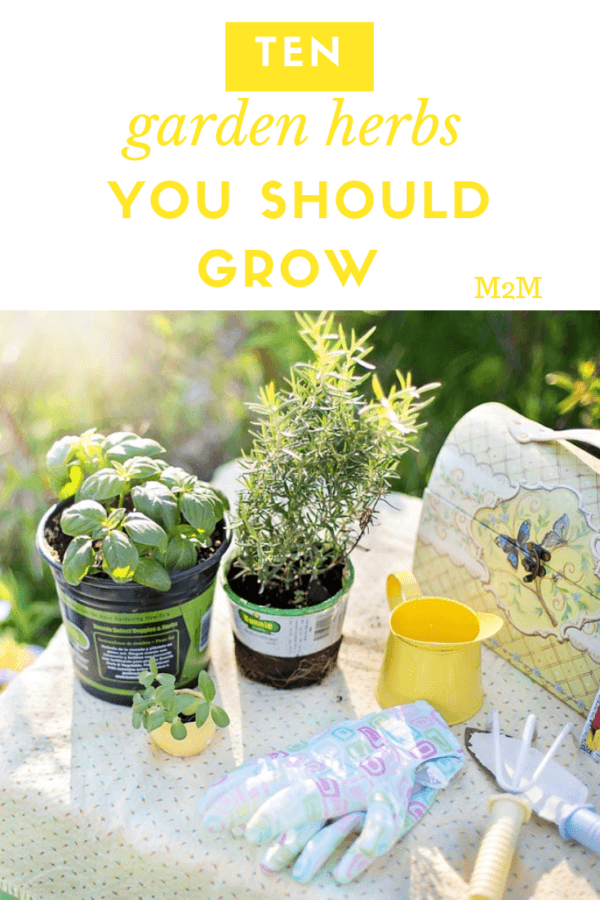
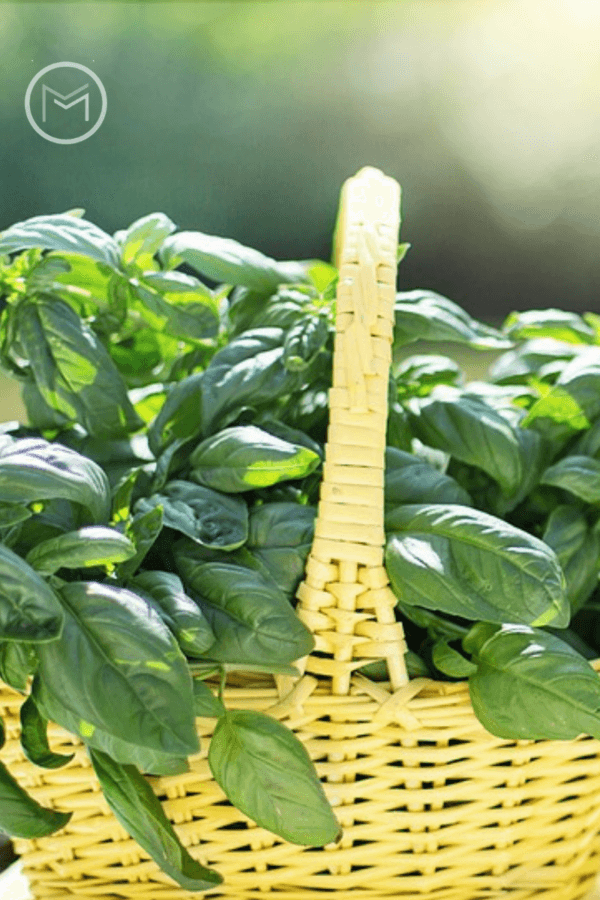
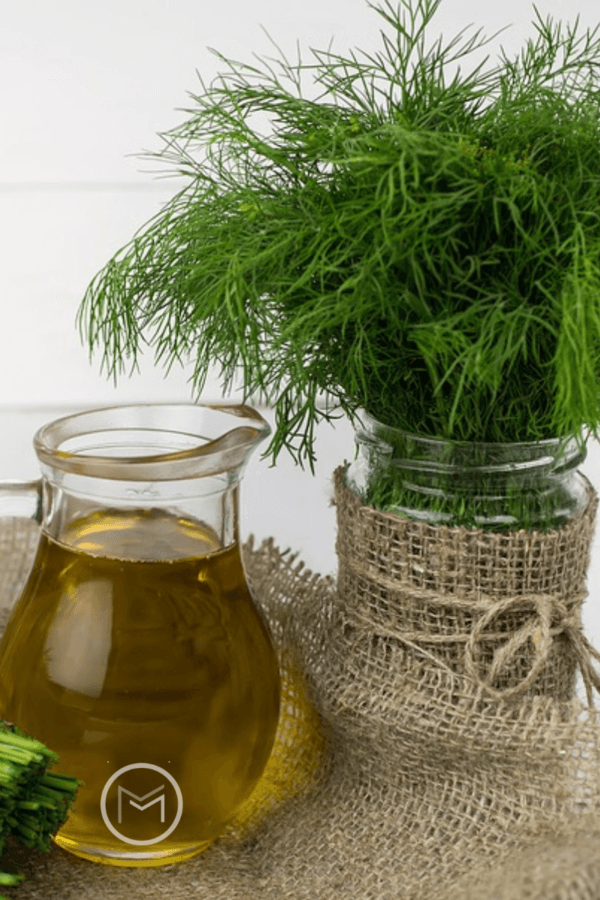
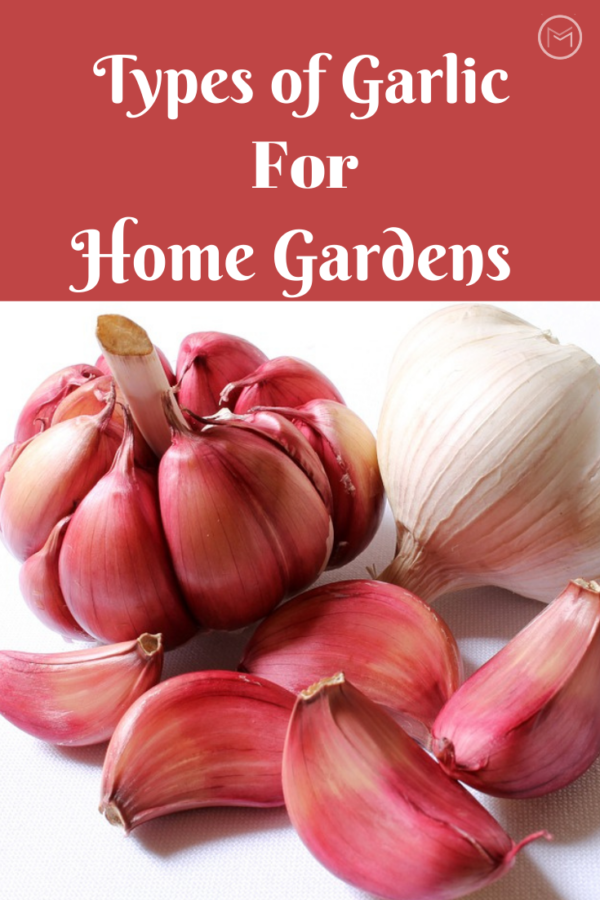
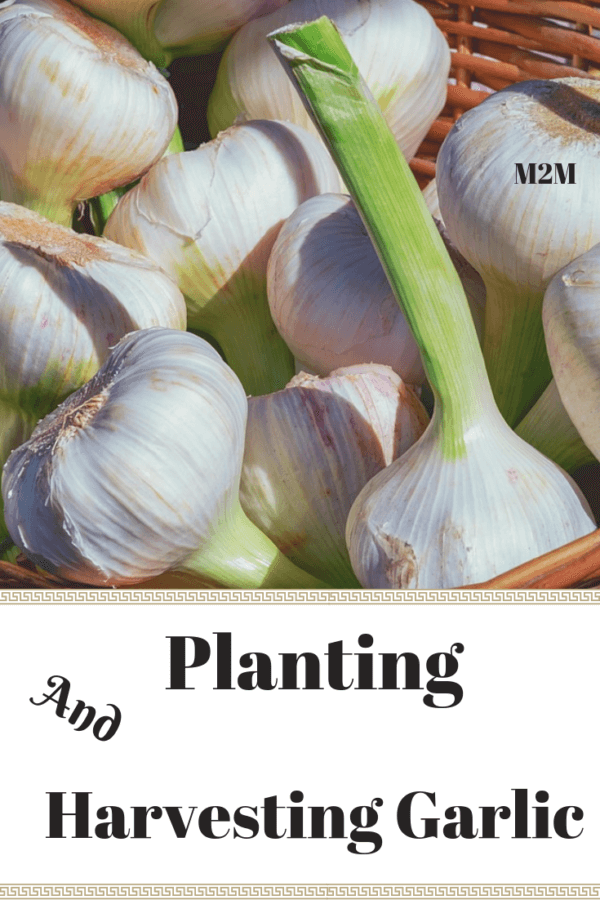
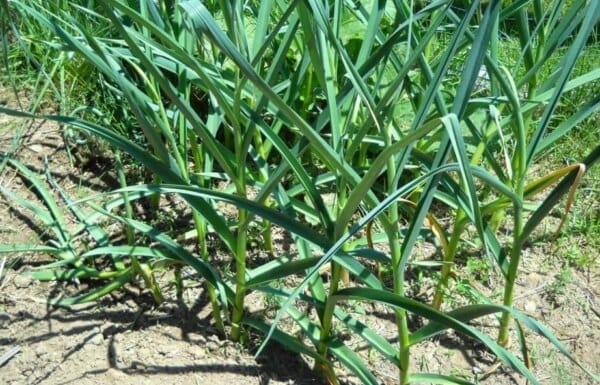
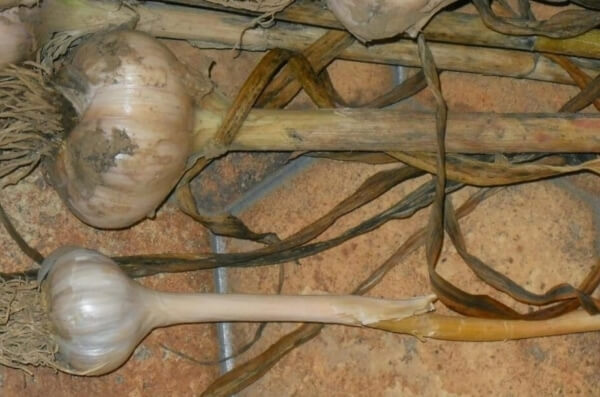
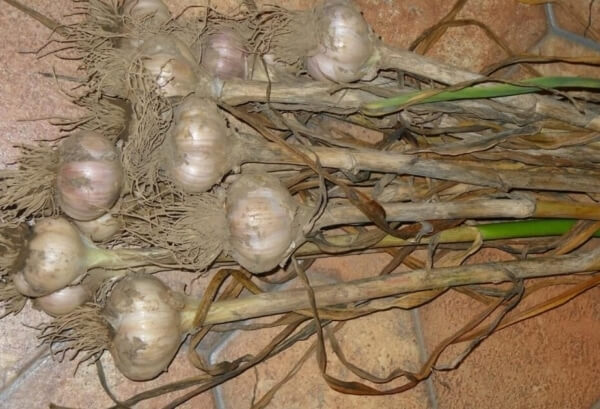
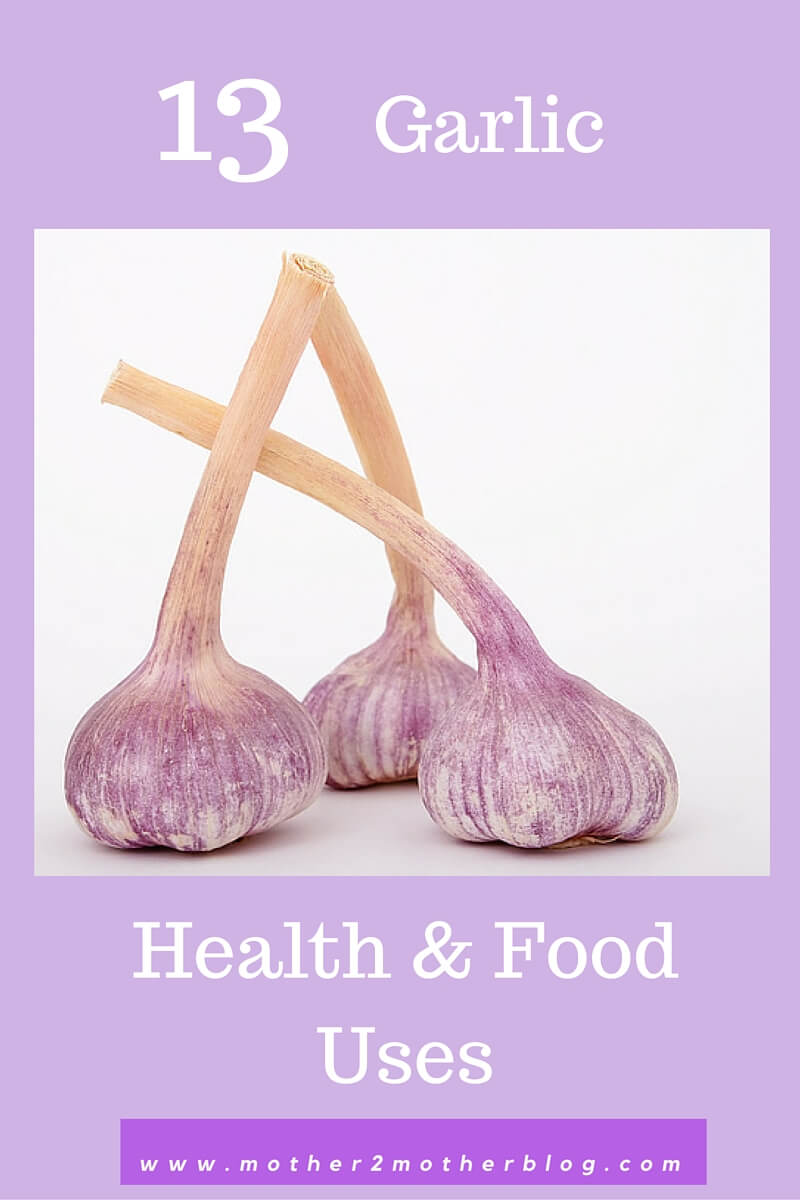
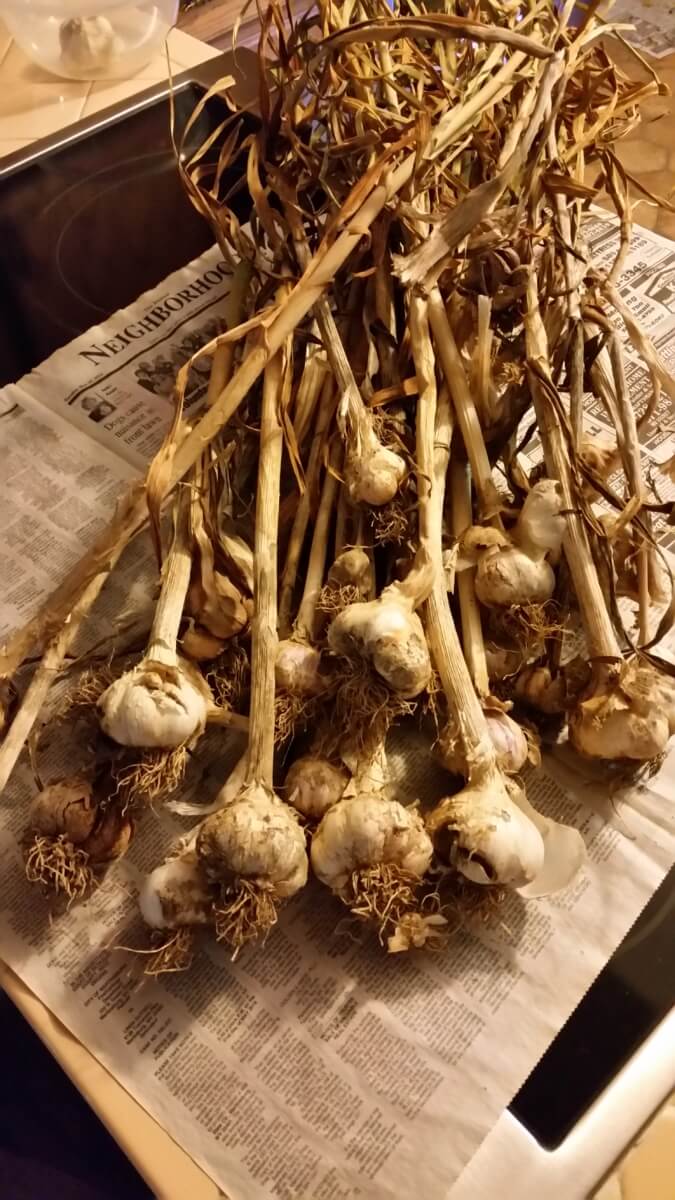
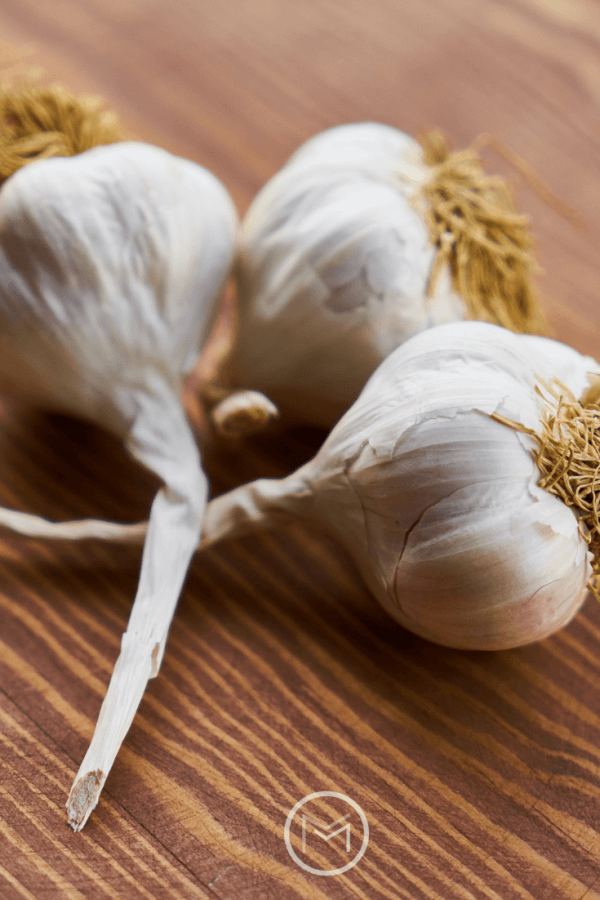
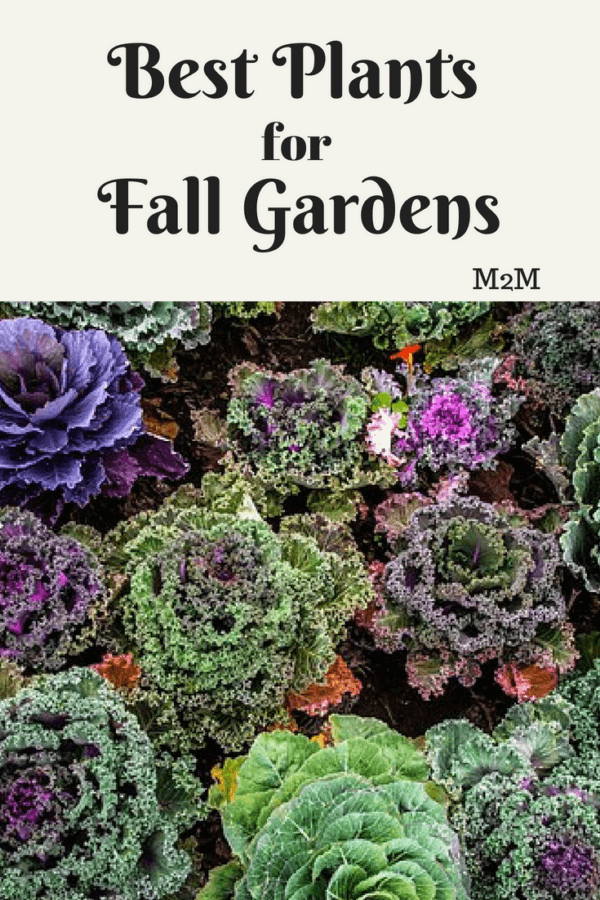
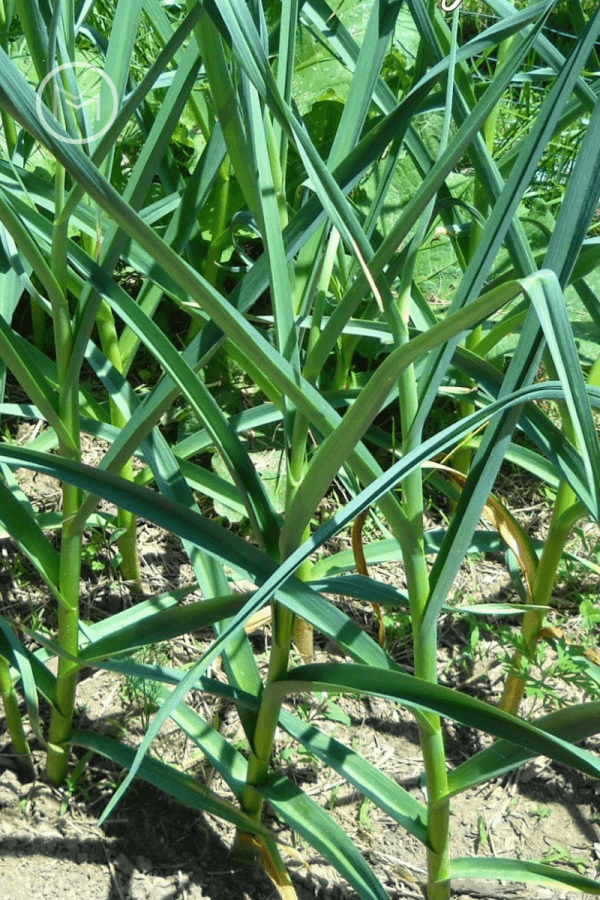
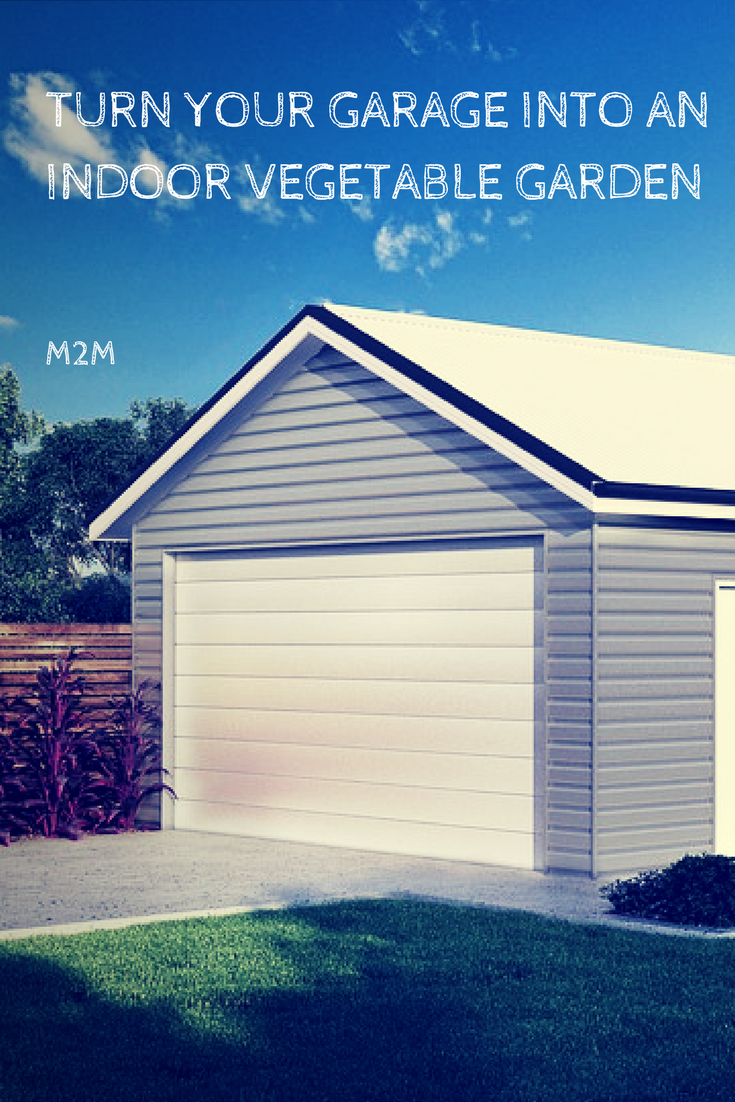
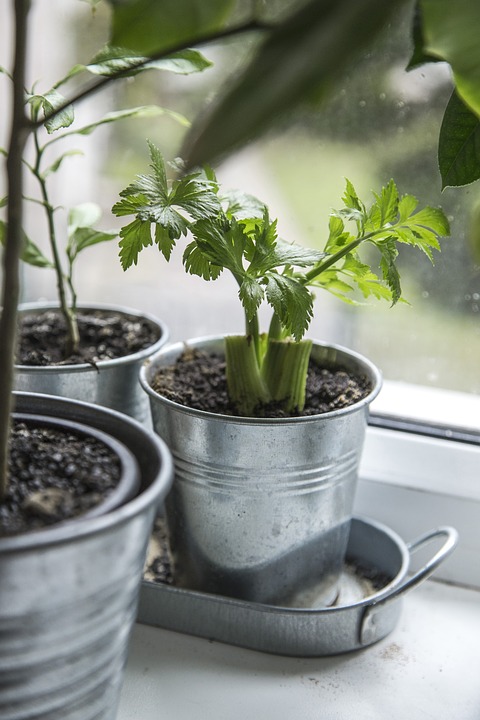
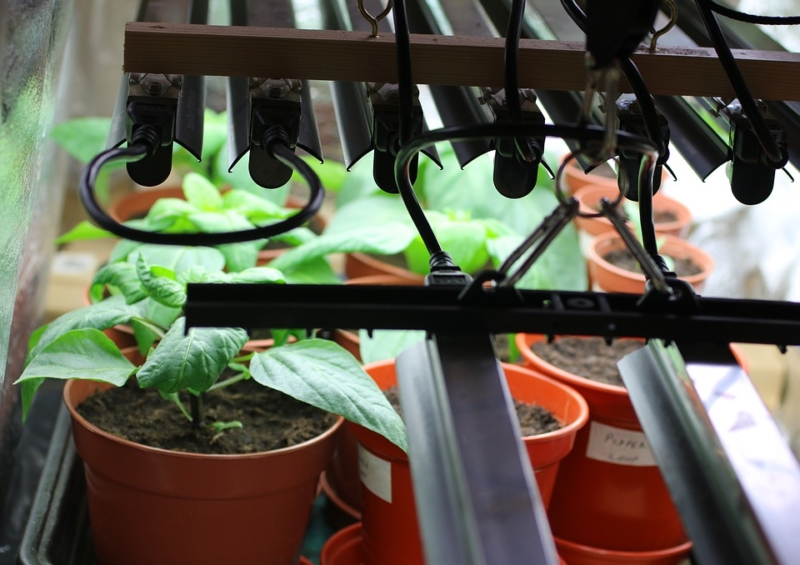
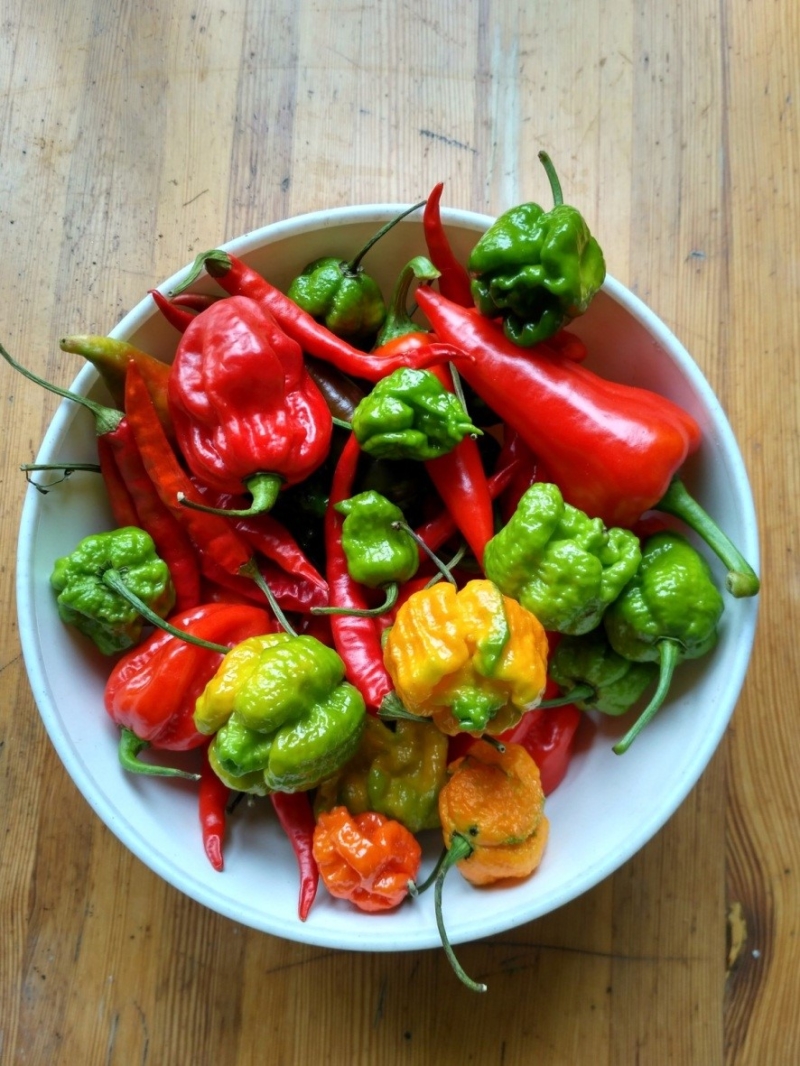
 About the Author: George Anderson
About the Author: George Anderson 



